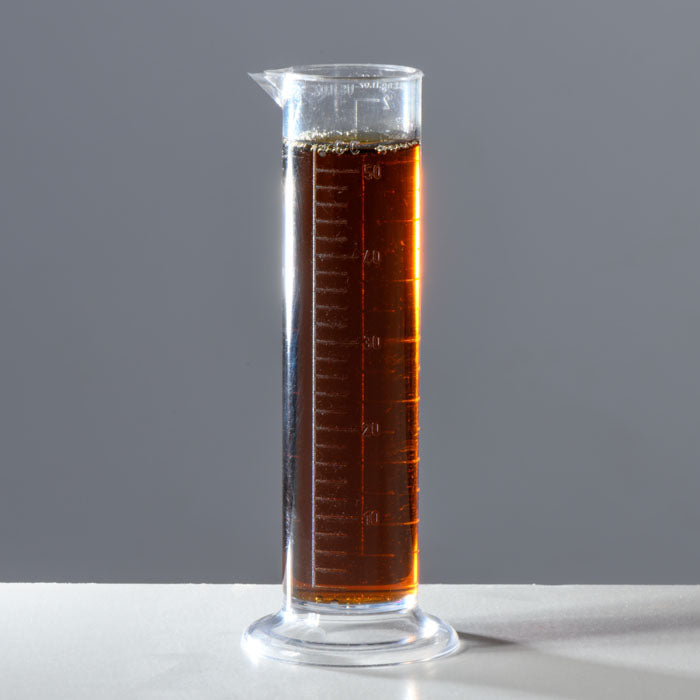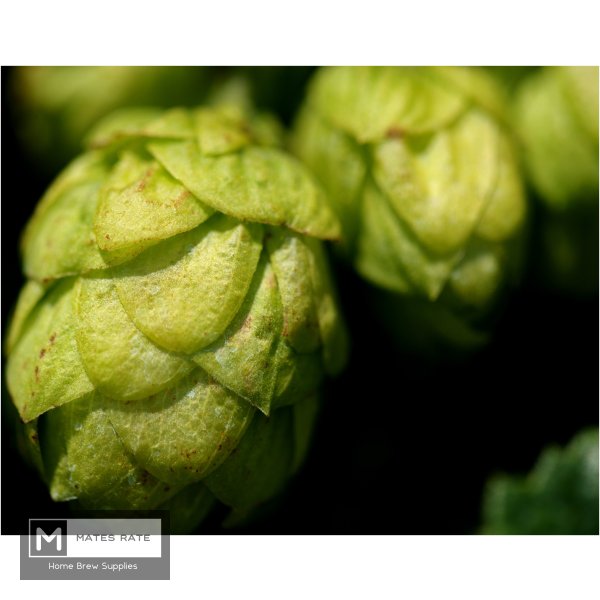Description
Glucoamylase 400 is a GMO free food grade saccharifying glucoamylase or amyloglucosidase enzyme derived from a selected strain of Apergillus niger. It is an exoglucosidase capable of hydrolyzing both the ?-1,6 and ?-1,4 glucosidic linkages of starch, liberating single glucose units.
Benifits
- Maximizes the conversion of starch containing substrates to fermentable sugars.
- Minimizes residual carbohydrates.
- Provides a high degree of attenuation
Dose Rate & Application
A typical dosage of:
- 0.5 – 10 g/kg of grist added in the brew house.
- 3 – 5 g/hl wort added during fermentation
Recommended Brut IPA procedure:
- Addition of Glucoamylase 400 at a rate of 2- 4g/kg during the mash, ensuring effective mixing.
- Addition of Glucoamylase 400 at a rate of 10-12 g/hL added to FV
Glucoamylase 400 can be used to produce low calorie beers. In this application it can be added directly to the mash vessel at the mashing-in stage. Alternatively, it can be added to cooled worts after yeast pitching.
Glucoamylase 400 can also be used in the starch industy in the production of maltodextrins, glucose, and high fructose syrups.
Packaging & Storage
Glucoamylase 400 should be stored in a dry cool area and protected from exposure to direct sunlight. abv Glucoamylase 400 is stable for 6 months when the storage temperature does not exceed 20C. If stored at 5C the product will maintain the declared activity for 12 months.
Additional Information
Glucoamylase 400 can be used between pH 3.5-5.0 and a temperature between 20-70C.
Total inactivation is obtained by heating at 95C for 10 minutes or at 100C for 3 minutes.
Typical beer pasteurization temperatures will not totally inactivate Glucoamylase 400.
Physical & Chemical
PHYSICAL FORM
Liquid with a SG of 1.0-1.2
COLOR
Brown (color may vary from batch to batch)
ACTIVTY
minimum 475 AMGP/g
One AMG unit is defined as the amount of enzyme which hydrolyses one µmol of p-nitrophenyl ?-glucopyranoside per minute at 37C and pH 4.4






Reviews
There are no reviews yet.